
Top 8 Cooking Methods For Healthy Living Infographic
The cooking method you choose can highly impact the nutritional content of your food. There are a number of methods available to whip up a delicious but healthy meal. Most people avoid frying their food due to the additional unhealthy oils and fats associated with this method.
The length of cooking time can also determine the amount of nutrients that can be lost in the process. Studies show that heat can dramatically reduce the nutritional content of food, especially vegetables, by 15 to 20 percent. This is the reason why some people prefer to eat their vegetables raw.
Listed below are the top 8 cooking methods one should try to achieve a healthy meal without sacrificing taste and quality.
Steaming functions by vaporizing water to create steam. Food is kept separate from the water. The steam cooks the food near it, which is usually hoisted by a container that can be easily reached by the steam. One of the benefits of steaming is that overcooking is also less likely to happen since the food is not directly in contact with the water.
Vegetables are one of the best food to be cooked under steam. This method allows the food to retain most of its nutrients and cook in its own juice. This is also a healthy alternative since oil is not needed to cook the food and the nutrients are not drained in the water. The food will also retain its flavor without the need for any salt.
The process is also more economical since low heat is used in steaming. Although this process may not be ideal for those in a hurry, since steaming may take longer than other methods.
BOILING

boiled egg
Boiling is one of the quickest ways to cook food. As you need to set the temperature high enough to reach a boiling point in a matter of time, a lot of nutrients is lost in the process. Aside from that, a lot of water is required to totally cook the food. As a result, a lot of water-soluble vitamins also disappears. The food may also taste bland since the flavors were released in the water.
However, boiling is beneficial in releasing antioxidants like carotene and lycopene in vegetables like carrots and tomatoes. The heat releases the antioxidants in the fibrous portion of the vegetables. To maximize the benefits, use the water used for boiling as a stock starter.
POACHING
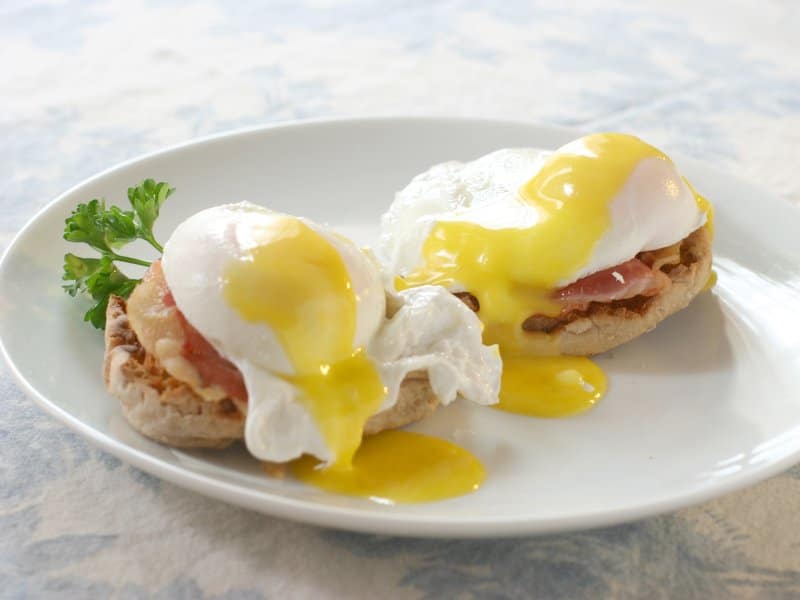
Via:whats4eats.com
This moist-heat cooking method is the same as boiling in the sense that only liquid such as water, milk, wine, or stock is added to cook a meal. The difference with poaching is that the temperature is set at a lower level and less liquid is needed. A certain level of expertise is also needed when using this method since temperature and cooking duration are very important considerations. With a longer cooking time, the nutrient retention will also lessen. Poaching is best used for cooking delicate food that easily breaks down or falls apart like eggs, fish, and fruits.
The introduction of additional fats to cook the food is no longer needed, making this a healthy alternative choice. However, food may turn out a bit bland for some people.
SAUTÉING
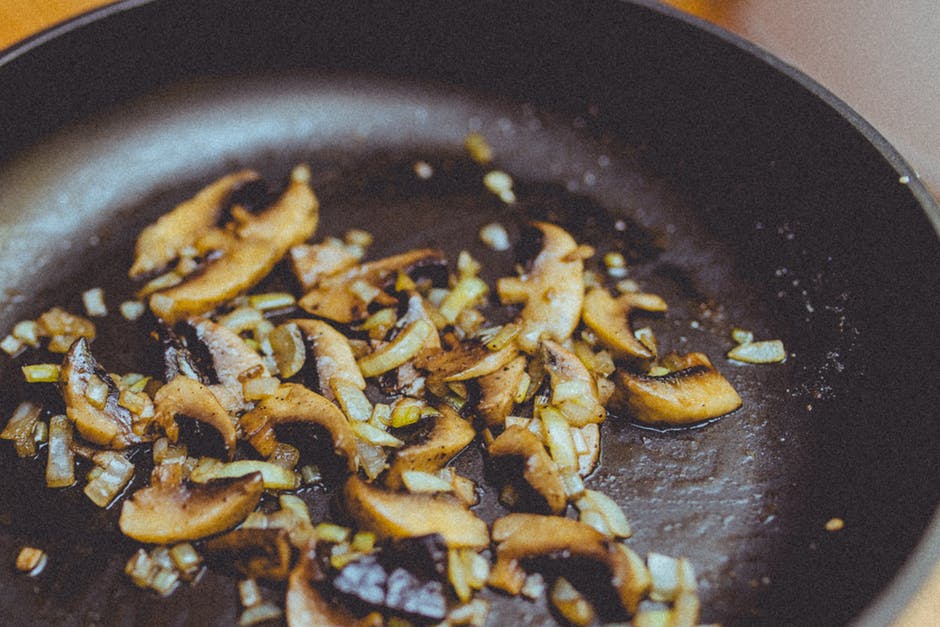
By sautéing, food is cut into small sizes and cooked at moderately high temperature. It facilitates a faster cooking time due to the continuous tossing and turning of food, thereby minimizing the loss of nutrients.
This method is healthier than deep frying. However, unlike other methods, a small amount of fat or oil is needed to start the process. To minimize unnecessary loss of nutrients in vegetables, cook only until the vegetables are tender enough.
ROASTING
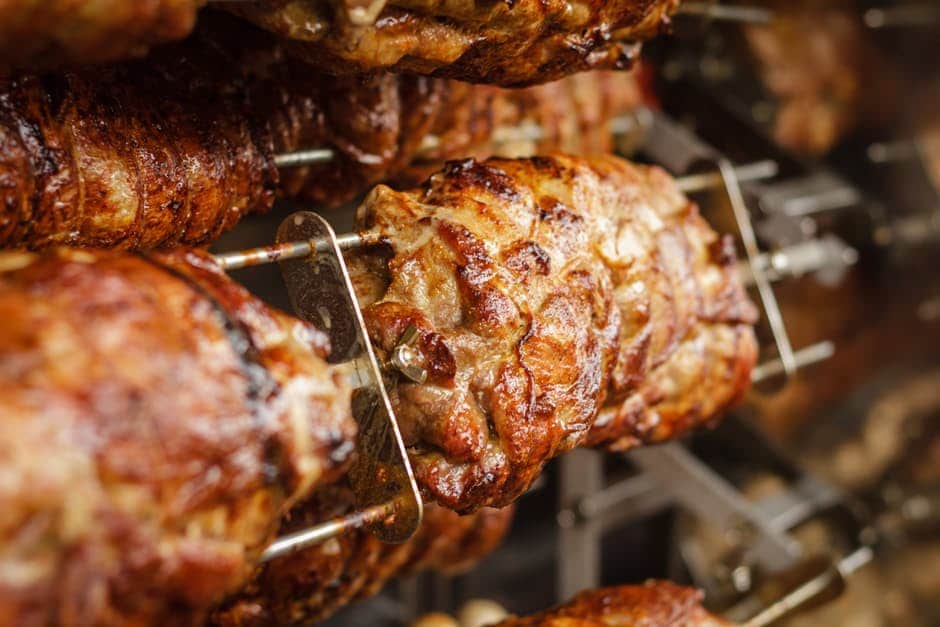
Roasting is a method of cooking wherein hot air envelops the food resulting in an evenly cooked meal. Food is also tastier using this method. Roasting at high temperature is great for food that is already tender since it will cook the food fast enough before the moisture escapes. Roasting in low temperature is ideal for large cuts that are tough since the process will melt out the collagen of the meat attributing to its toughness. Time is also taken into account, since the longer the food is roasted, the more nutrients and juices are lost in the process.
When roasting vegetables, always try to choose the freshest variety such as a healthy appearance with minimal scars, limpness, or blemishes. Also try to keep as much peel or skin intact to minimize the loss of nutritional values.
MICROWAVING
With nuking, electromagnetic radiation waves cooks the food by vibrating the water inside. The texture of the food does not change as long as it is not over cooked. Furthermore, no additional oil or fat is necessary. With a faster cooking time without the need of liquid, studies suggest that microwaving is one of the best ways to preserve nutrients in vegetables like broccoli.
To avoid harmful chemicals seeping into the food, microwave-safe plates and containers should be used. Studies also shows that microwaves that cause radiation can sometimes leak out of the equipment. Too much radiation exposure will cause burns and increased cancer risks.
At this age, the debate of whether microwaving outweighs the benefits over the costs has been debunked. It was concluded that the study of Hans Hertel about consuming microwaving food often can cause an imbalance in your blood chemistry, has no hard scientific basis to back it up.
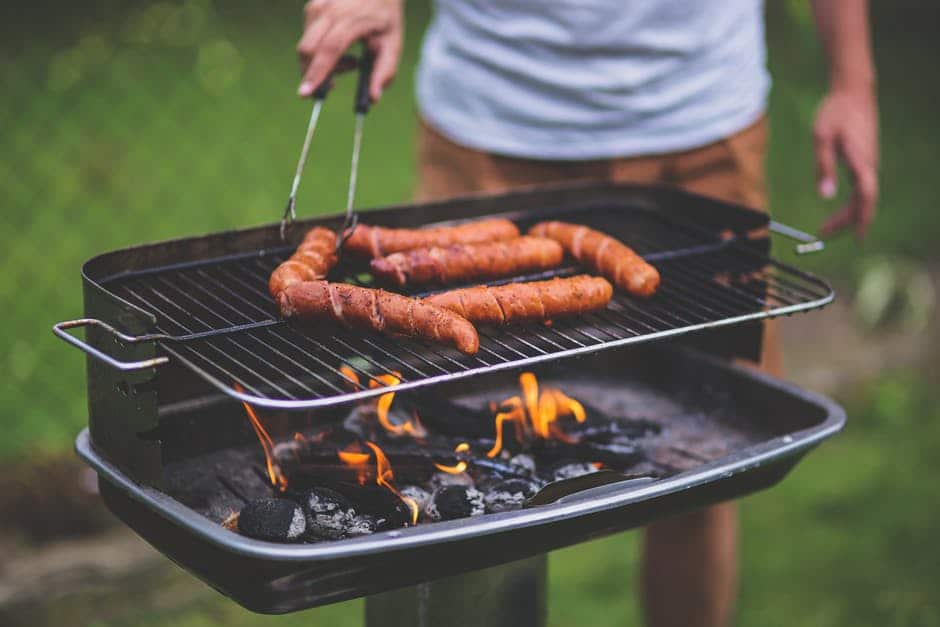
Grilling uses dry direct heat that produces a smoky flavor. Minimal oil is needed to complete the method. The process is considered healthier than cooking with oils, although this may lead to a drier and less juicy meal.
With the advantages, comes the disadvantages of the grilling method. Consuming char-cooked food frequently increases the risk of certain cancers in the colon, pancreas, and digestive tract. Furthermore, cooking some food like meat, poultry, and fish in very high temperatures releases carcinogens which are harmful to the health of an individual.
BAKING

To achieve a deliciously baked meal, dry heat is used to cook the food from inside out. This method is usually done in an oven set at high temperatures. Compare to frying, lesser oil is needed in baking. Oftentimes, oil is just used to grease the pan to avoid the food sticking to the pan when cooked. The result of baking often produces varying texture that makes the meal more enjoyable.
Baking progress should also be monitored. Since all the work is left to the oven once the timer starts, people tend to do other stuffs while the food bakes. This results to an overcooked meal which may no longer be palatable to consume.
Conclusion
As discussed in the above methods, each method has its own advantages and disadvantages. The above-mentioned are the best methods to achieve a healthier meal compared to frying. A method may be disadvantageous due to loss of water-soluble nutrients such as vitamin B and vitamin C, but may help in making the food more digestible thereby helping the body absorb other nutrients.
Consuming uncooked or raw food may also be the top consideration of some people to get the most nutrients out of their meal. However, some food-borne diseases can only be eliminated with cooking at the right duration and temperature. In the end, safety and cleanliness should also be taken into account in our chosen cooking method.

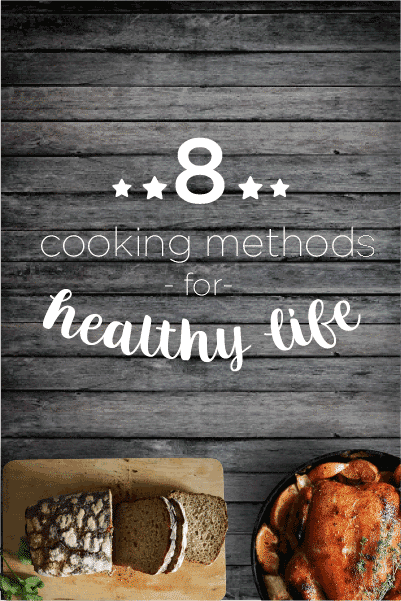


lol when they cooked the chicken and veggies in butter I cringed and was like ‘use the coconut oil!’ They should have thought if that. Great vid tho.
Thanks Ina ^^